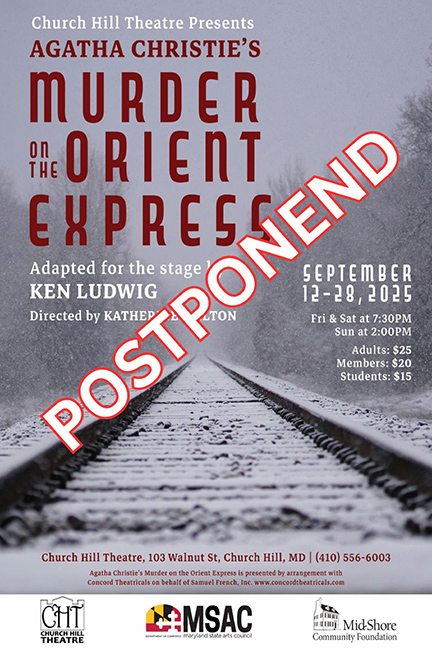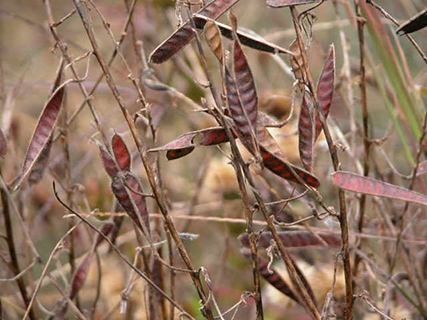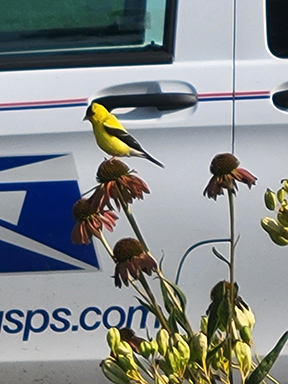When John Lewis arrived at The Gunston School sixteen years ago, he wasn’t yet the seasoned Head of School he is today; he was a young educator drawn to what he calls “the ecosystem of school,” a living, breathing network of teachers, students, and ideas that thrive when curiosity and purpose align.
Lewis grew up in Montgomery County and attended a large public high school before heading to Georgetown University, where baseball first brought him to campus. But academics quickly took hold. “I became more of an academic than an athlete,” he says. His work as a resident assistant awakened a deeper interest in education, which led to his first teaching post at Culver Academies in Indiana.
From there, Lewis’s path wound through international schools in Quito, Ecuador, and Singapore, experiences that deepened his understanding of cultural and educational diversity. He went on to earn master’s degrees from both Harvard and Columbia before returning to the U.S. to take on leadership roles in New Jersey schools. When a headhunter called about “a little school in Maryland looking for a young leader,” he followed his instincts east—and never looked back.
Sixteen years later, Gunston’s wooded waterfront campus just outside Centreville reflects Lewis’s philosophy of education as both intellectual rigor and ethical grounding. “We’re a community of choice,” he explains. “Families come because they believe in our values—academic excellence, personal attention, and environmental stewardship.”
While he trained as an English teacher, Lewis now teaches AP Government, a course he calls perfectly suited to today’s ever-changing political landscape. “There’s never a day without a major headline to discuss,” he says. The class keeps him close to students and grounded in the daily pulse of learning.
Lewis emphasizes that Gunston’s strength lies in its intimacy: a culture where no student can truly get lost, where teachers and students share respect for each other. “High school kids are a lot of fun,” he says. “Watching ninth graders arrive uncertain and leave as confident young adults; that’s the best part of this job.”
As both educator and parent, and now that his own daughter is now a Gunston student, Lewis experiences the school from both sides. “It’s wonderful to see her challenged and supported by the same teachers I work with,” he says.
Throughout his role as Head of School, Lewis holds close to his mantra : “The question ‘Where do I want to go?’ really begins with ‘Who am I?’ When students understand themselves, they make better choices—for college and for life.”
For those who have never visited the 75-acre campus along the Corsica River, Lewis encourages them to stop by. For more about The Gunston School, go here.
This video is approximately nine minutes in length.











